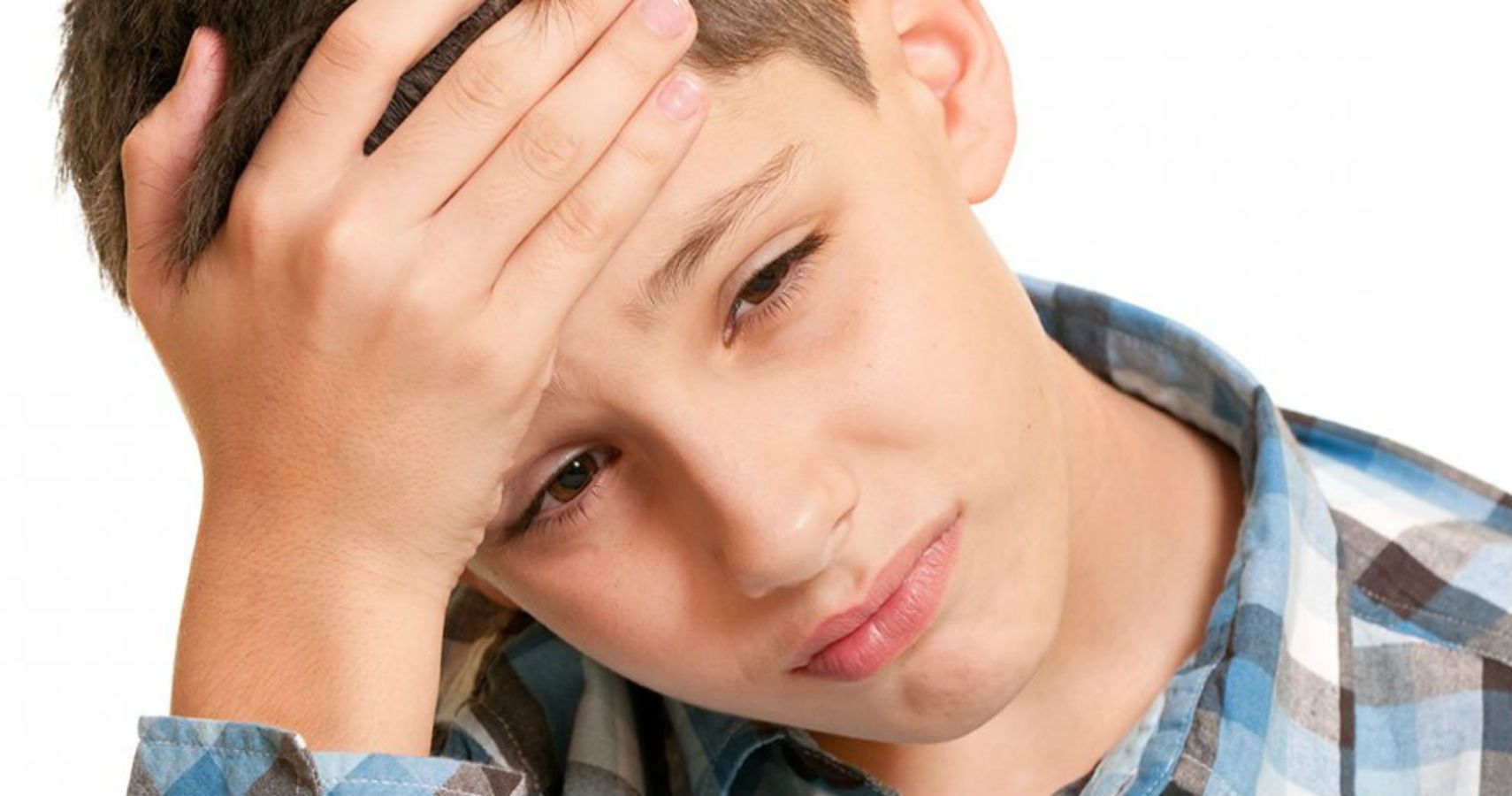The American Academy of Neurology has released a guideline on how to effectively treat a child’s migraines. In collaboration with the American Headache Society, experts gave recommendations for both preventing and treating migraines in teens and children. Surprisingly, they don’t only involve medication.
Migraines cause severe throbbing pain in the head. Because of this, one can also feel nauseous and more sensitive to light and sound. An attack can last anywhere from a few hours to a couple of days. Those who get it often usually begin to feel it in their childhood or adolescence, and the headaches continue into their adulthood. While most deal with the attacks with medication, preventative methods are probably the best way to cope with them.
The guidelines are split into two parts: treatment of symptoms during an attack and prevention of the attacks. The first half details how most medications that are labelled as treatment for migraines are only as good as placebo pills when young people use them. There is little evidence to show that treatment of the symptoms of migraines (nausea, light sensitivity, etc.) is helpful in calming an attack. Pain relievers like ibuprofen and naproxen, however, can help relieve some pain during an attack, but they shouldn’t be relied on completely for treatment.
RELATED: Research Finds That Women Who Get Migraines May Find Relief While Pregnant
The second part highlights the importance of preventative measures. Experts recommend a thorough physical examination with neurologists and headache medicine specialists. This way, both the parents and the child are better educated on migraines and are better able to track the symptoms. Doctors may find other factors that contribute to the reoccurrence of migraines: being overweight, excessive caffeine intake, poor sleep habits, dehydration, depression, or anxiety. The study recommends cognitive behavioural therapy (CBT) to give children and teens the tools they need to prevent migraine attacks. It will help identify the root of the problem and give kids the relaxation techniques they need to fight against migraine.
Researchers recommend a combination of CBT and amitriptyline for treating migraines. They do admit, however, that more research needs to be done on the benefits of CBT alone and in combination with other treatments. They also caution parents to talk with their doctor about amitriptyline and its side effects before committing to it.

